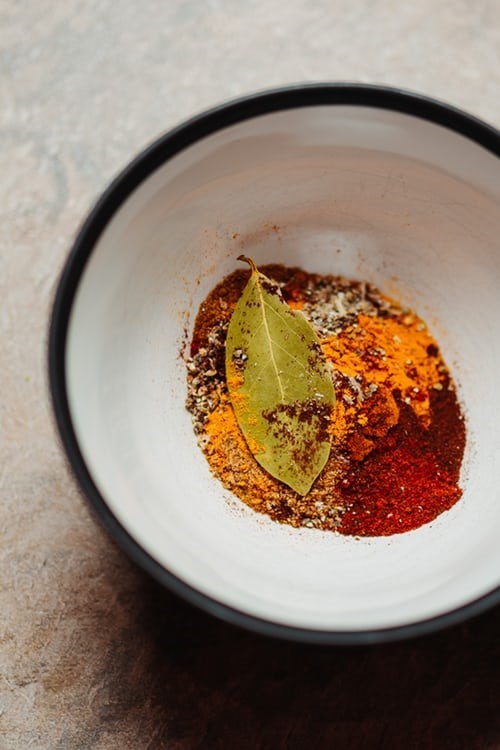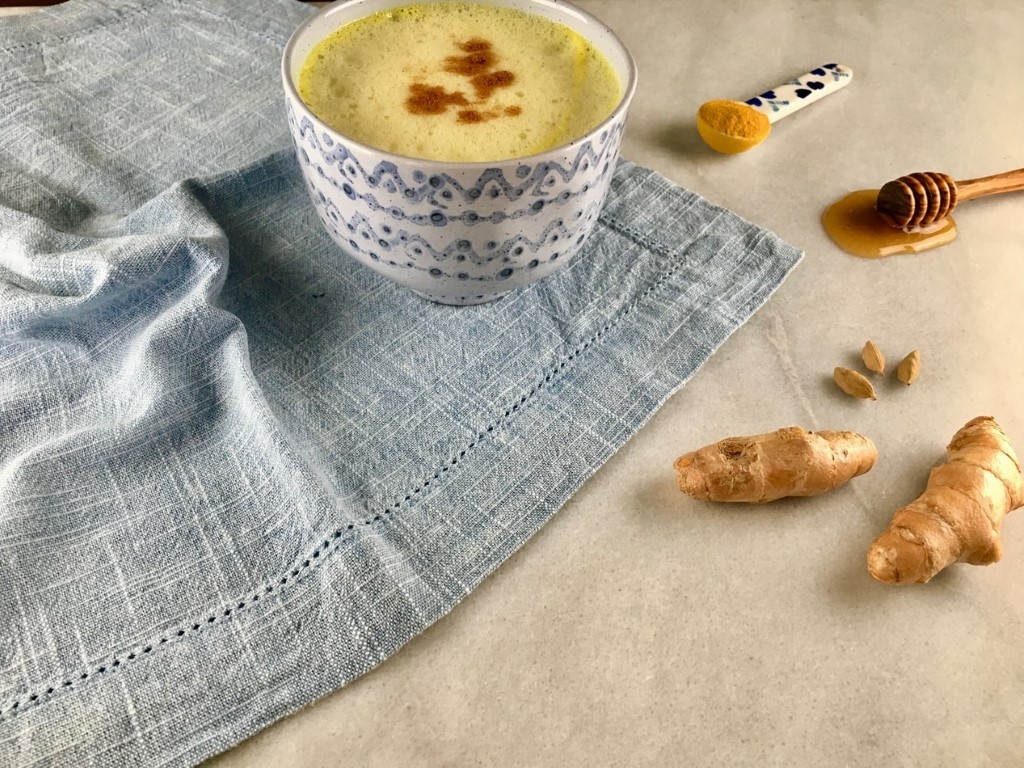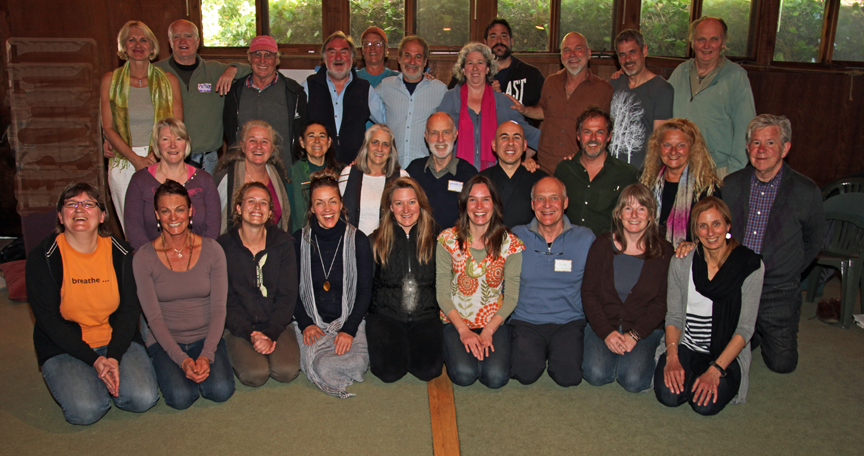Are You Eating for your Dosha? Seasonal Ayurvedic Nutrition
Ayurveda has been widely practiced for over 5,000 years, so surely there’s some wisdom in the tradition that can benefit us today. In this article, Josée Velsen, leader of our upcoming Ayurvedic Lifestyle Retreat draws on over 20 years of experience practicing Ayurveda to share a bit about how what you eat (and how) can affect your wellbeing and vitality.
Digestion starts with the eyes, then the mouth, then the stomach…
Ayurveda states that all good health starts with strong digestion. That means eating 3 nourishing meals a day, made with our dosha* in mind. These should contain a variety of tastes and colours and be prepared with joy. Food can be our medicine when consumed at the right times, under the right conditions and when we involve all our senses.
*Not sure what a dosha is? Here’s a quick quiz you can take to learn more and to find out your Ayurvedic type.
What exactly is an Ayurvedic Diet?

A common question about Ayurveda is whether it is specifically vegetarian. While many or most ayurvedic recipes will be plant-based, the true answer is…“it depends.” Eating strictly vegetarian or adding meat will depend on each individual person and their constitutional dosha or type. For example, a person who is in aggravated Vata state, who is often cold and with signs of anxiety and depletion, may need to add some meat to their diet for grounding, replenishment, quieting of the mind and warming up. While Vata is the dosha that most often benefits from meat that is well-sourced, with any dosha — Vata, Pitta or Kapha — it is important to listen for signs of depletion, which can be addressed in a number of ways. If choosing to eat meat regularly in your diet, it’s important to source from local organic caring farmers. Eating meat will be medicine to some and not to others, and if the body is calling for meat, a small amount now and then may be all that is needed. Rather than being specifically vegetarian, vegan, paleo, keto or other food-restricting or limiting diet, Ayurveda is centered around eating deeply nourishing and wholesome foods that we can assimilate with ease and that will feed our unique constitution’s mind, body, and emotions.
In addition to incorporating many plant-based ingredients, the foods we prepare in an Ayurvedic lifestyle are almost always cooked or at least warmed for ease of digestion, depending on the season and what’s happening outside. We add spices and ghee to also help with absorption of nutrients and to warm or cool the body to align with the seasons. A favourite Ayurvedic dish known to reset and gently cleanse the body is kicheri. With basmati rice, mung dal, spices and options based on your dosha, kicheri is a combination that helps nutrients flow through the body and be absorbed more easily. This healing mixture can eaten for days as a cleanse or in times of stress to calm down. It must be made fresh every day as leftovers are not recommended in Ayurveda because it causes stagnant or toxic energy in the digestive tract, called “Ama.”
How can I begin incorporating Ayurveda into my meals?
Slowing down when we eat is a key to digestion – whether we’re practicing the Ayurvedic tradition or not. Since digestion starts in the mouth, it is important to chew our food thoroughly. A simple place to begin incorporating an Ayurvedic approach is chewing 30 times while paying attention to the flavours and sensations and giving gratitude for our food, where it came from and those who prepared it. Eating in a quiet place with calm energy builds “Ojas” or feelings of deep connection. In contrast, it is important to avoid consuming ice cold foods and eating in highly stressful times or when experiencing feelings of anger or sadness. Wait until you have settled to enjoy your meal.

Drinking herbal teas — chai, ginger, cardamom or fennel with cumin and coriander seeds — increases digestive fire or “Agni” and is a big part of Ayurveda. In the tradition, we love to drink plain boiled water as it is very soothing and hydrating for the whole system.
More Ayurveda…

As you can see, a very important part of Ayurveda is about the food we eat and most importantly how we can help our bodies digest it. When we deepen our relationship with our body, we can listen and hear our cues and what we need to live a life full of vitality and prana. For many, the best way to learn is by doing and experiencing. This October 25-27, I will be leading an inspiring and rejuvenating weekend of ancient Ayurveda and lifestyle at The Haven on gorgeous Gabriola Island. In this retreat, you will: learn the basics of Ayurveda and discover and practice new daily routines incorporating tapping, oiling the body, nature, meditation and movement designed to suit your unique self. We’ll be prepare the nourishing kicheri and ghee reference above together in community. If you would like to learn more or immerse yourself in Ayurveda, I encourage you to join us: https://haven.ca/ayurvedic-retreat
Contentment and peacefulness are signs that Ojas is present & flowing within the body…
About the Author

Josée Velsen has lived on gorgeous Gabriola Island for 15 years. Together with her husband, they have raised two incredible children, many hens and three alpacas, built a healthy home, and created La Belle Vie Wellness Studio. For 20 years she has been passionate about living an Ayurvedic Lifestyle. In her Ayurvedic Lifestyle Retreat, she shares her learning about daily routine, food, exercise and following nature’s cycles. Ayurveda is a 5,000-year-old system of natural healing that has origins in the Vedic culture of India. The word Ayurveda is from the Sanskrit language and is composed of two parts: Ayur meaning Life, and Veda meaning Knowledge or Wisdom, science.






